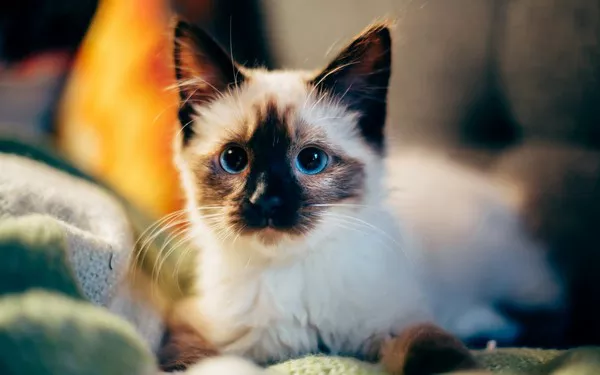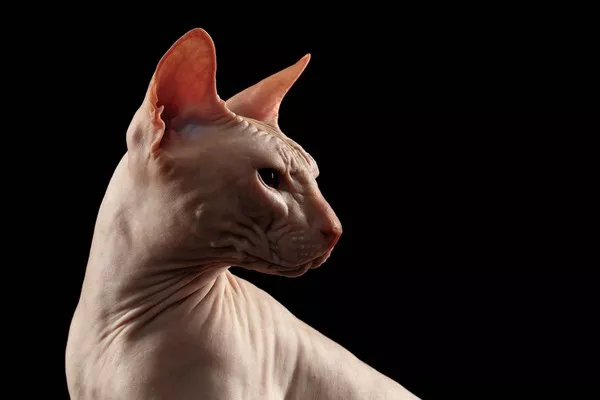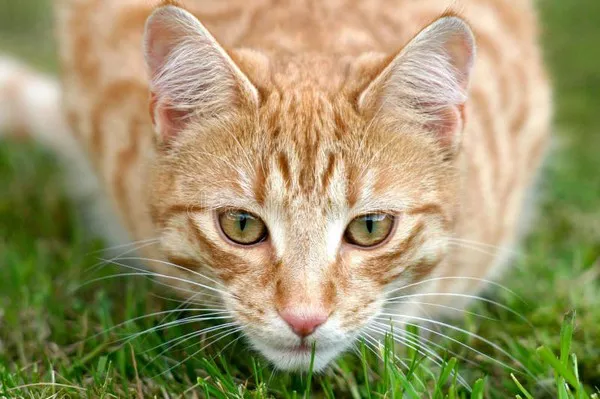Mealtime for your feline friend should be a source of joy and nourishment, but what happens when your cat turns up their nose at dry food? Picky eating habits among cats are not uncommon, and understanding the reasons behind this behavior is crucial for promoting a healthy and enjoyable dining experience. In this article, we explore six creative strategies to entice your cat’s appetite, turning mealtime into a delightful adventure for both you and your furry companion.
Understanding Feline Palate Preferences
Cats are known for their discerning palates, shaped by a combination of genetics, early experiences, and individual preferences. While some cats may readily enjoy dry kibble, others may be more inclined toward wet or raw food options. It’s essential to recognize that a cat’s refusal to eat dry food doesn’t necessarily indicate a health issue; rather, it may be a matter of taste and texture.
My Cat Doesn’t Eat Dry Food: 6 Ways to Make Mealtime Fun
1. Introduce Wet Food Gradually
If your cat has been exclusively fed dry food and you’re looking to transition to wet food, it’s crucial to introduce the new diet gradually. Sudden changes in diet can lead to digestive upset. Begin by mixing a small amount of wet food with the dry kibble, gradually increasing the ratio of wet to dry over the course of several days. This allows your cat to acclimate to the new texture and flavor.
2. Experiment with Different Textures and Flavors
Much like humans, cats can have individual preferences for textures and flavors. If your cat turns away from dry kibble, consider offering a variety of wet food options, including pâtés, chunks in gravy, or shredded varieties. Some cats may prefer the smooth consistency of pâté, while others may enjoy the tactile experience of chewing on chunks or shreds. Experimenting with different textures and flavors can help you identify your cat’s preferences.
3. Enhance Dry Food with Toppers
For cats who enjoy the crunch of dry kibble but are hesitant to indulge in it alone, consider enhancing their meal with appetizing toppers. These can include a small amount of wet food, bone broth, or even a sprinkle of catnip. Toppers not only add variety to the meal but also provide additional moisture, addressing hydration concerns often associated with dry diets.
4. Explore Homemade and Raw Diet Options
If your cat remains uninterested in both dry and wet commercial foods, exploring homemade or raw diet options may be worth considering. Consult with your veterinarian to ensure the nutritional adequacy of any homemade meals or raw diets, and gradually introduce these options to monitor your cat’s response. Some cats thrive on the natural textures and flavors of raw or home-prepared diets.
5. Interactive Feeders and Puzzle Toys
Cats are natural hunters, and incorporating elements of play and mental stimulation into mealtime can make it a more engaging experience. Interactive feeders and puzzle toys dispense small amounts of food as your cat interacts with them. This not only slows down the eating process but also taps into your cat’s instincts, making mealtime an enjoyable and mentally stimulating activity.
6. Create a Relaxing Dining Environment
Cats are sensitive to their surroundings, and a stressful environment can impact their appetite. Create a calm and quiet space for your cat to dine, away from noisy appliances and high-traffic areas. Additionally, consider elevating their food and water bowls to a comfortable height, as some cats prefer dining at an elevated level. Making mealtime a peaceful and stress-free experience can positively influence your cat’s eating habits.
Addressing Health Concerns
While picky eating is common among cats, it’s crucial to monitor your cat’s behavior for any signs of underlying health issues. A sudden and persistent loss of appetite, changes in weight, vomiting, or lethargy may indicate an underlying health concern, and prompt veterinary attention is recommended.
See Also: Is It Ok If My Cat Only Eats Dry Food?
Conclusion
Understanding and addressing your cat’s dietary preferences can transform mealtime from a source of frustration to an enjoyable and bonding experience. Whether you’re introducing new textures, flavors, or engaging activities, the key is to be patient and observant. By catering to your cat’s individual tastes and providing a stress-free dining environment, you can ensure that mealtime becomes a highlight of their day. Remember, every cat is unique, so finding the perfect culinary approach may require a bit of experimentation and a lot of love.


























